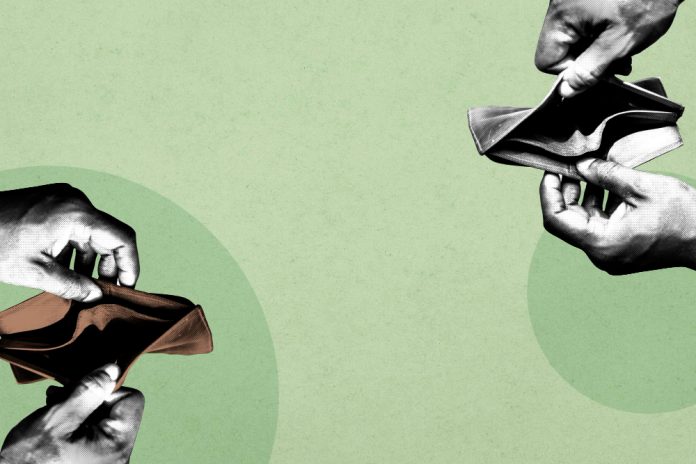Emerging Market and Developing Economies (EMDEs) are facing a dire financial predicament that could jeopardize the global pursuit of the United Nations 2030 Agenda for Sustainable Development and the Paris Agreement. A new report by the Debt Relief for a Green and Inclusive Recovery (DRGR) Project reveals that a significant number of these economies might become insolvent within the next five years due to their efforts to ramp up investments to meet climate and developmental goals.
According to the report, the external Public and Publicly Guaranteed (PPG) debt levels in these countries have more than doubled since 2008, with debt service payments hitting unprecedented highs. This financial strain is occurring at a time when investment in crucial areas such as health and education is more necessary than ever. Currently, nearly half of the world’s population resides in countries that spend more on servicing external debt than on these vital public services.
From the archives: African Countries Aren’t Borrowing Too much: They’re Paying Too Much For Debt
The report highlights that out of 66 economically vulnerable EMDEs, 47 are projected to face insolvency problems by 2028 if they continue to pursue the necessary investments to meet internationally agreed-upon environmental and development benchmarks. These nations will likely exceed the International Monetary Fund’s (IMF) external debt solvency thresholds, pushing them into a financial crisis.
Moreover, the situation is compounded by the inaccessibility of private capital markets for the majority of these countries. With bond yields outstripping projected growth rates, these economies find themselves in a precarious position where they cannot afford to roll over or issue new debt without risking their financial stability.
In response to these alarming findings, the DRGR Project, drawing on past initiatives like the Brady Plan and the Highly Indebted Poor Countries (HIPC) Initiative, has proposed a comprehensive debt relief strategy. This strategy consists of three pillars:
- Significant debt reductions by public and multilateral creditors to restore debt sustainability and support the achievement of climate and development goals.
- Commensurate debt reductions from private and commercial creditors, with incentives to encourage their participation.
- Provision of credit enhancement and other supports such as temporary debt service suspension to boost fiscal space for essential investments.
This approach not only aims to tackle the immediate liquidity and insolvency issues faced by these countries but also proposes a long-term vision for reforming the global debt architecture. The DRGR Project emphasizes that without substantial and immediate debt relief, at least 47 EMDEs are at risk of defaulting on their commitments to the 2030 Agenda and the Paris Agreement, potentially setting back decades of progress on global sustainability and development.
As the DRGR proposal goes under review and discussion among global financial leaders and institutions, the international community stands at a critical juncture. The decisions made now will determine whether these vulnerable economies can navigate through their debt challenges without sacrificing their sustainable development and climate goals.




